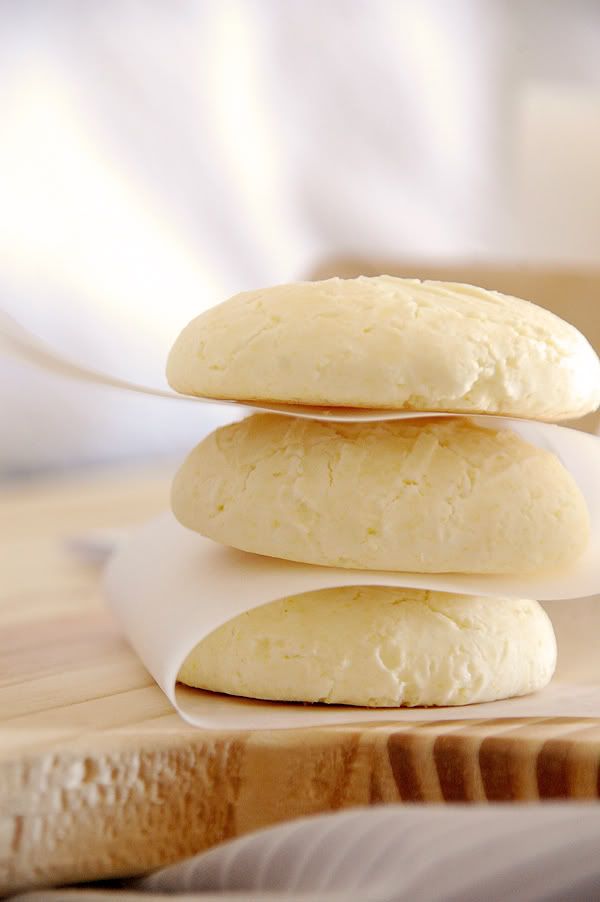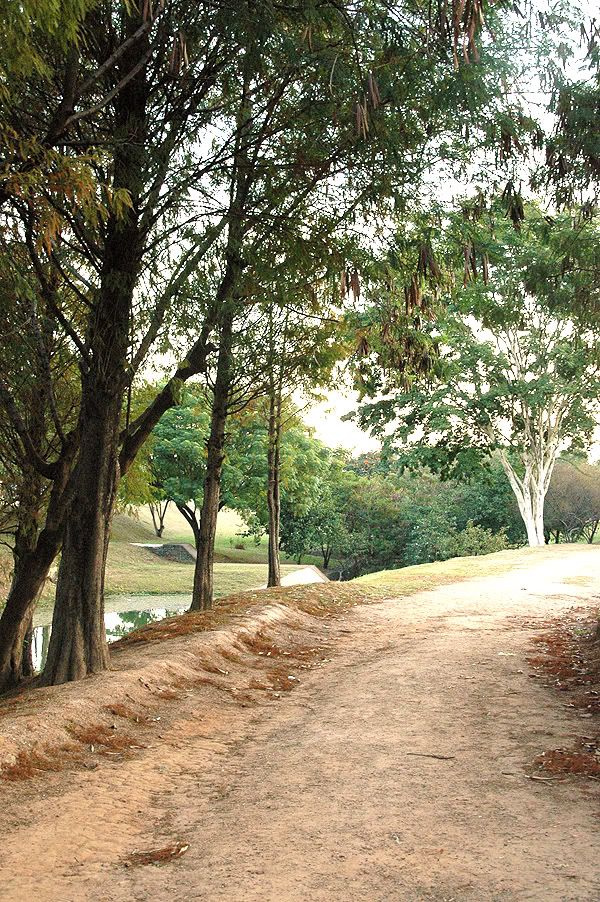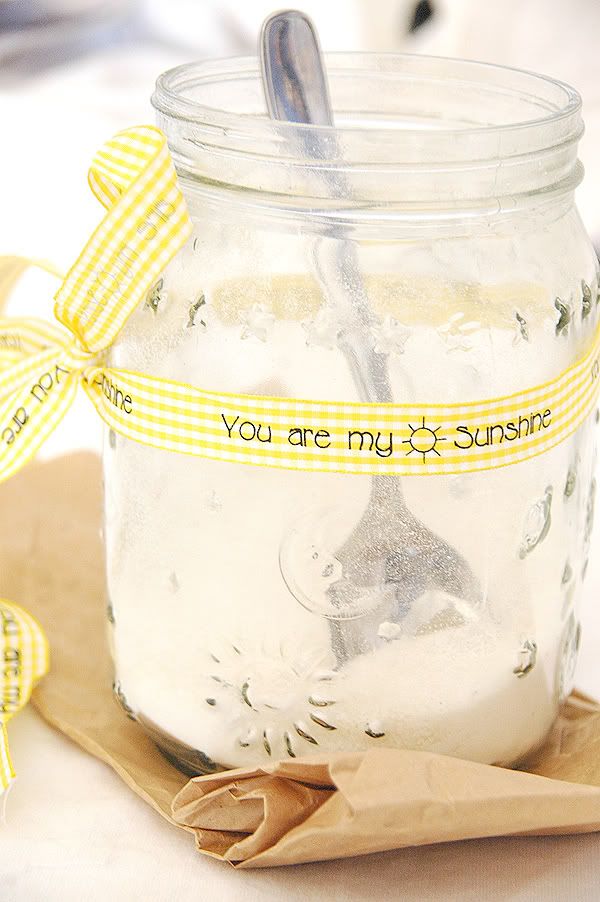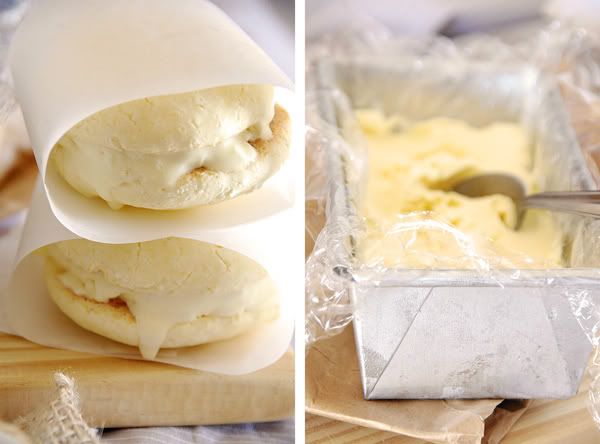
The first time i tried to make corn tortillas here i went to the grocery market and stood in the "flour" aisle staring at the mountain of packaged powders. Wheat flour sits on the bottom shelfs packaged in its dusty little paper sack. As your eyes move up the shelf the packaging becomes a little fancier. There are tapioca and corn flours in every form imaginable. Why are there so many names for the same thing? Literally dozens of different "types" based on the size of the grind and what it is generally used for. Ok, i thought, i need corn flour, so something with milho (corn). I see flakes, nope, polenta, nope, hey this has milho in the title--amido de milho, perfect! When i got home and added the hot water to the amido de milho, to make tortillas, to my horror the whole thing turned into a pot of sticky liquid. What? I looked at the bag, i rubbed the remaining powder in the bag between my fingers, well it feels like tapioca, and tapioca usually feels like--crap. corn starch. Reminds me of when i washed my clothes in fabric softener during my whole first week in France.
At least i know what corn starch is now. I have since learned that the corn flour closest to what i need for tortillas is called fuba. Why the hell is corn flour called fuba? I never thought about corn as a top Brasilian food, I always left that one to Mexico and the rest of Latin America. But the truth is, corn has a large spot in the Brasilian diet; it's everywhere! This week i made corn tortillas with salsa, then some roasted tomato polenta, corn on the cob and now of course our feature presentation: corn starch cookies known as sequilhos made into ice cream sandwiches with corn ice cream. I hope to round the corn week off with fried polenta at Grandpa's bar (actually the name of the bar) this friday with a few caipirinhas. hint...hint....

Sequilhos are one of my favorite cookies in Brasil, probably because they are one of the only commercially made gluten free cookies, but that's beside the point. These crunchy, powdery fall-apart cookies are a Brasilian tradition, every body knows em' and you can find them in just about any confectionery or bakery shop. Usually they are quite small, the size and shape of a quarter dollar, a small square, or bent horse shoe. They cost pennies and usually make the front of whatever you happen to be wearing snow white. This is why i love to eat them in the car. Though they are a litle more genuine when coming from a bakery, you can also find them commercially made in the candy/cookie aisle of any grocery store in a large biscuit bag. As they are made of corn starch, they fall apart the second they hit liquid. Particularly fun to dip in hot tea and have it fall all over your lap.
I meant to post about these a few weeks ago when i made them for the first time, but a few things got in the way. What i mean is, my motivation was stolen by Power Ranger Azul, and i also viewed them a bit dull to post about all on their own. Last sunday was my ticket to ride, but then the floors needed to be cleaned. Then Tuesday for Independence day, but it rained. Then i talked to my mom last night about being woe-full and ready to give up photography for something practical, but then she quickly snapped me from it. Then finally today ice cream came to mind. But, then where's the story?


(the cowboy boots above are a product of my bad neighbor-stalking habit. so no we are not hicks.)
A few weeks ago when our friends C & L came to stay the weekend, we went out for quite a few ice creams. En route our guests were fascinated and enchanted by the layout of the town. I've never heard so much praise about our little city before, and from an American at that! The primary astonishment was the fact that this was Brasil. Brasil is a gigantor of a country, and probably the most diverse in every aspect of life from state to state. C had never visited the São Paulo countryside before. She'd been to most of the capitals; Rio, São Paulo, Belo Horizonte as well as the extreme no-wheres in the interior of Mato Grosso state. Ergo the most and least metoropolitan in Brasil, but never the middle. This could almost be somewhere in the US she observed quite a few times. Cute streets, neighborhoods, planned city development, parks, public recreation areas, green spaces, first Brasilian city to be one hundred percent on treated sewers, clean and kept sidewalks, small businesses, beautiful residential areas, a relatively unfrightened and trusting public accompanied by large commercial and work centers in cities but a few minutes away. Their astonishment reminded me that most people, one year ago me included, haven't a clue that places like the São Paulo countryside cities exist. Well, they do. And though they have no beach, they are rated for having the highest quality of life standard of any region in Brazil. Go us.

We live in the city of Indaiatuba (meaning land of palm trees, or something like that). If there was no such thing as traffic, we can technically consider ourselves about 45 minutes north west of São Paulo city. To the north of Indaiatuba is a series of other small cities of the same caliber leading up to São Paulo's second largest city, Campinas. One thing about the countryside cities is that you can breath. The other thing is that there can be a Toyota factory next door to miles and miles of grazing cattle and farmland. The city is quiet, i hear my birds and neighbors talking in the streets all day with kids running around with kites and calling out games to each other. Though the city is bigger than the Seattle burb of Poulsbo where i grew up, it still manages to be a community where you run into people you know all the time. At the park, the grocery store, post office--yes Mr. Rogers was here too.
Aside from Indaiatuba, my favorite cities include the neighboring Valinhos and Vinhedo with their beautiful residential areas, and to my Editor's great surprise, Itupeva, an upstart city that still seems to be covered by quite a bit of vegetation (ok this is really countryside) yet is as beautiful as any fairytale story book with a dumpy little downtown. Valinhos also happens to be the nation's fig capital, and apparently there is a fig festival every year. We will definitely be dragging the fig-hating Editor to that one. When we took C & L to the airport (to São Paulo city), we drove through the Itupeva country side. Vineyards, grazing sheep, rock valleys, orange tree groves, old men on bicycles, chickens running about, large mansions, small huts, winding roadways flanked by bright colorful vegetation--all this with the setting sun. If she wasn't on her way to Canada i'm sure she would have moved in right then. Seeing other people's reactions to this place makes me extremely grateful to live here, the unknown part of Brasil, one of the many many other unknown parts of Brasil. When you get here, Brasil will surprise you. I promise.


And so the ice cream. There are a lot of great ice cream shops here in Brasil with classic flavors you may like and a few more that you may be afraid of. One of my favorite flavors in Brasil is corn. There's that corn again. Corn is treated as a sweet quite frequently in Brasil; corn juice, corn cakes and cookies- and of course ice cream. Though odd to American taste buds (yeah i tried making it for my family, was not a very big hit) it is a popular flavor in most of South America, South East Asia and the Pacific Islands. You can find it anywhere; in the super market, ice cream shops, corn shops (for serious) and it is very rewarding to make on your own. However, i still prefer my very first taste of corn ice cream in Brasil: at the highway-side stop off known as the Corn Castle. Soft-serve in a cup prepared for you by under enthusiastic teenage women who can't believe they work in a place called the Corn Castle. It is the only road-side stop worth getting off the highway for. There is even a corn playground for the kids! The flavor grows on you, and after a while it seems more refreshing than most flavors.

This recipe for sequilhos is slightly different than traditional recipes--i needed them to be a little softer and cake-like so that they can be bit into double layered and not squeeze ice cream everywhere. So this recipe has an added 1/4 cup of medium grind corn meal to soften the cake. Leave out the corn meal if you want it crisper. These are also about 5X the size of usual sequilhos, a cookie is a cookie right? Roll them into small balls about the size of a grape for traditional sequilhos.
Sequilhos:
Ingredients: 400 g corn starch, 1/4 cup corn meal (fuba), 1/2 can of condensed milk, 1 tbsp melted butter, 1 tsp baking powder, 2 beaten eggs, 2 tbsp sugar.
Method: 1) mix together the starch, corn meal, sugar and baking powder. 2) Add the condensed milk, eggs and butter. 3) Mix until combined. You will have to use your hands as it is thick. If you want to flavor the sequilhos, add extracts, shredded coconut or even fruit puree. 4) roll small ball and press flat with a fork. 5) bake for 15 minutes at 375 degrees Fahrenheit.
If you want to make corn ice cream, i have posted the recipe already here at Salty, please go here for it.

So a sunny day in the almost-summer of the São Paulo countryside; on tuesday it rained for the first time in three months and washed the sky clear. Never before had i ever wanted it to rain so badly. Today is quite warm, making shooting ice cream extremely difficult as i enjoy using my new 8gb memory card to its fullest, however, melted puddles are not attractive. September is so different on the bottom half of the globe. But i miss the leaves and the Fall. But summer time birds and pink flowered trees, well it's a good substitute. Until then,
a bientôt

oh and ps. hi Sierra and yes i will make you these cookies next year.


